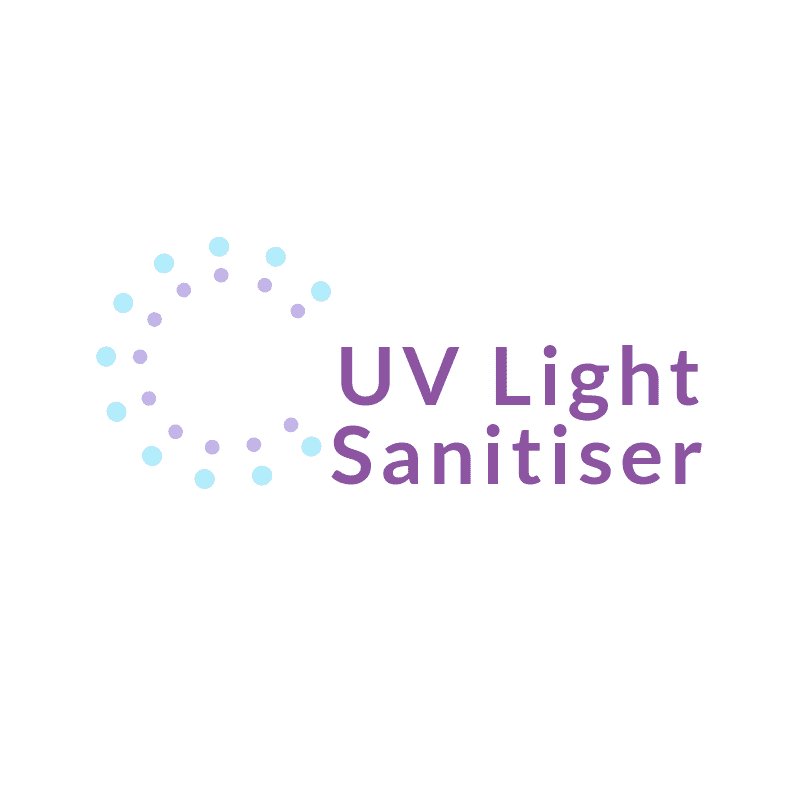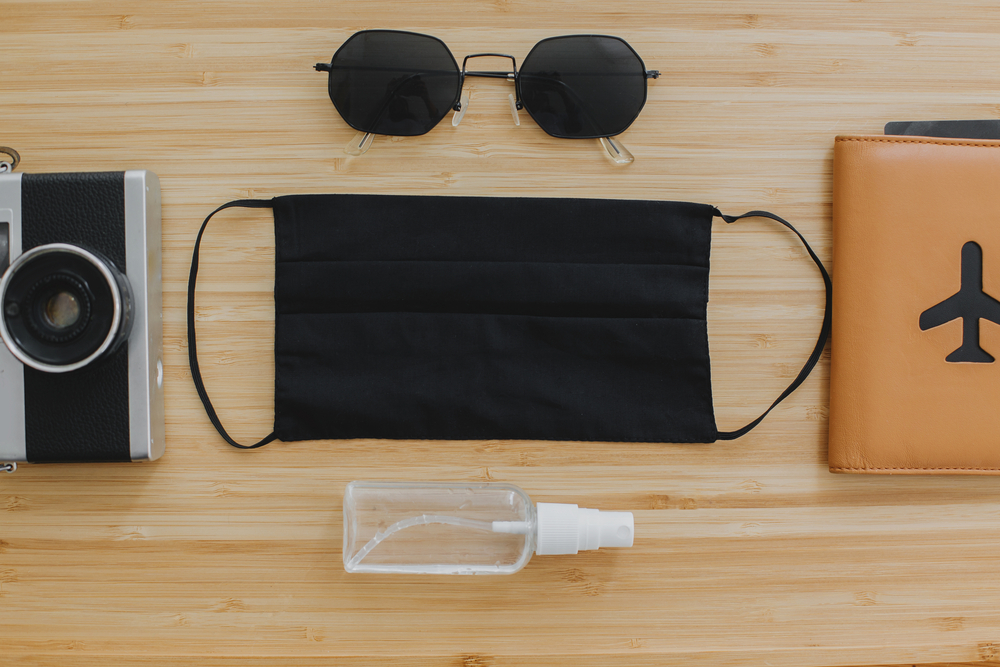It cannot be denied. Your phone may be the dirtiest thing you touch all day. And it is very possible that at some point today you can use someone else’s phone to take a photo or share something on the screen, without even realizing where you are.
A recent study by research company dscout found that common users touch mobile phones 2,617 times a day, while the number of active users increases to 5,427 times. When you touch the phone, your face and surface (including kitchen counters, keyboards, etc.) can spread germs.
Depending on the surface material and environmental conditions, some bacteria and viruses (including coronaviruses) can remain on the surface for several hours, days, or even longer. This is why learning how to sanitize your mobile phone is as important as proper hand washing.
It Isn’t Just Your Phone
Not only the surface of the phone gets dirty: the phone case and any accessories (like earphones) can also absorb bacteria. You can follow the same cleaning instructions as your phone for cleaning. Wash your hands, then use disinfecting wipes or a cloth dampened with alcohol-based cleaning products. If recommended by the manufacturer, clean the hard case with soap and hot water and rinse for at least 20 seconds. When using it, also clean the cable. (Click for a list of CDC-recommended household disinfectants.)
In addition, you can also invest in antibacterial accessories with integrated antibacterial protection. Things like built-in silver ion safety glasses are designed to kill almost all the bacteria that can build up on the screen.
Based on experience, sanitizing your mobile phone and accessories once a day, but there is an opportunity to disinfect items. Create your own procedures, such as washing them when you wash your hands, especially after coming home after spending time outdoors.
But improper cleaning of the phone can damage it. You should prevent moisture from entering or scratching the surface. Do not spray the detergent directly on the phone, do not immerse it in the cleaning liquid or spray the detergent with the compressed air used to clean the keyboard, and avoid cleaning it with abrasive materials. Instead, first turn off the phone and disconnect all cables. When cleaning the phone, the phone should not be charged.
Enter UV Light Sanitizers
Dr. Michael Schmidt, professor of microbiology and immunology at the Medical University of South Carolina, said: “Unlike ordinary Americans, our devices doesn’t bathe every day.” “We bathe to remove the skin. Microorganisms. The only substances that are better than human skin are plastic and glass,” he explained. In other words, germs will attract your smartphone, earplugs, tablets, and other products that you can use every day.
Until recently, the best option was to use a microfiber cloth (or other methods) to physically destroy these microorganisms. The company recently launched products equipped with ultraviolet (UV) lamps to disinfect the product (or itself). These UV disinfectants are expected to kill bacteria and high-tech elements that can make you sick.
How does a UV disinfectant work?
UV-A, B and C lamps are present in the UV spectrum. Dr. Philippe Tierno, professor of clinical practice in the Pathology Department at New York University Langon Medical Center, said that only ultraviolet light can kill bacteria.
Terno explained: “This light has a certain spectrum of effects that can interfere with and destroy nucleic acids in bacteria and other microorganisms.” He added that this light can also destroy proteins in microorganisms, killing certain amino acids. Tierno suggests that they work best on smooth surfaces and have limitations.
He explained: “The UV-C surface penetrates, and the light cannot penetrate into the corners and holes.” With the exception of buttons, phone boxes, etc., there are gaps in it. For example, if the bacteria are enveloped in food particles, ultraviolet rays cannot illuminate it.
“UV-C light will quickly kill the microorganisms,” said Michael Schmidt. “But when your device fails, your security is compromised.” In other words, the use of UV disinfectants does not make it dirty and ignores possible new bacteria. Bacteria on the phone. If you plan to use ultraviolet disinfectants or products that use ultraviolet radiation, you may encounter some cases:
If there will be a lot of people around your technical team, these disinfectants will be really brilliant.
Once your child (or grandchild) uses them, they should quickly clean up their technology
In addition to the UV disinfection equipment that can clean your technology, there are products that can use UV radiation to clean objects inside the equipment, such as self-cleaning boilers. (Because you know you shouldn’t wash the kettle often.) They also use UV lamps to kill bacteria and internal viruses.
Tech and Phone Cleaning Do’s
- Turn off the power and turn off the phone first.
- Be sure to use a disinfecting cloth or similar disinfecting spray soaked in 70% isopropyl alcohol on a clean microfiber cloth.
- Do not spray the cleaner on a soft cloth or spray directly on the phone.
- If it is too wet, wipe with a cloth before using it.
- Use soap and water or a disinfectant / spray wipe to clean the phone case according to the materials of manufacture and the manufacturer’s instructions.
- Clean the tech device at least once a day.
Tech and Phone Cleaning Don’ts
- Do not use 100% alcohol cleaners, they will damage the protective film of the phone.
- Don’t apply liquids or cleaning products directly to the phone.
- Do not immerse the phone in water.
- Do not use liquid bleach.
- Don’t allow liquids to enter your technical port.
- Do not use paper towels to clean the screen.
It only takes a few minutes a day to keep your phone sterile, but you can take additional steps to protect your technology. Keep your phone, tablet, earplugs and other accessories in a safe place, do not let others take or use them for you. With little attention, good cleaning habits, and the help of high-tech antibacterial supplies, you can significantly limit the spread of bacteria on your device.

